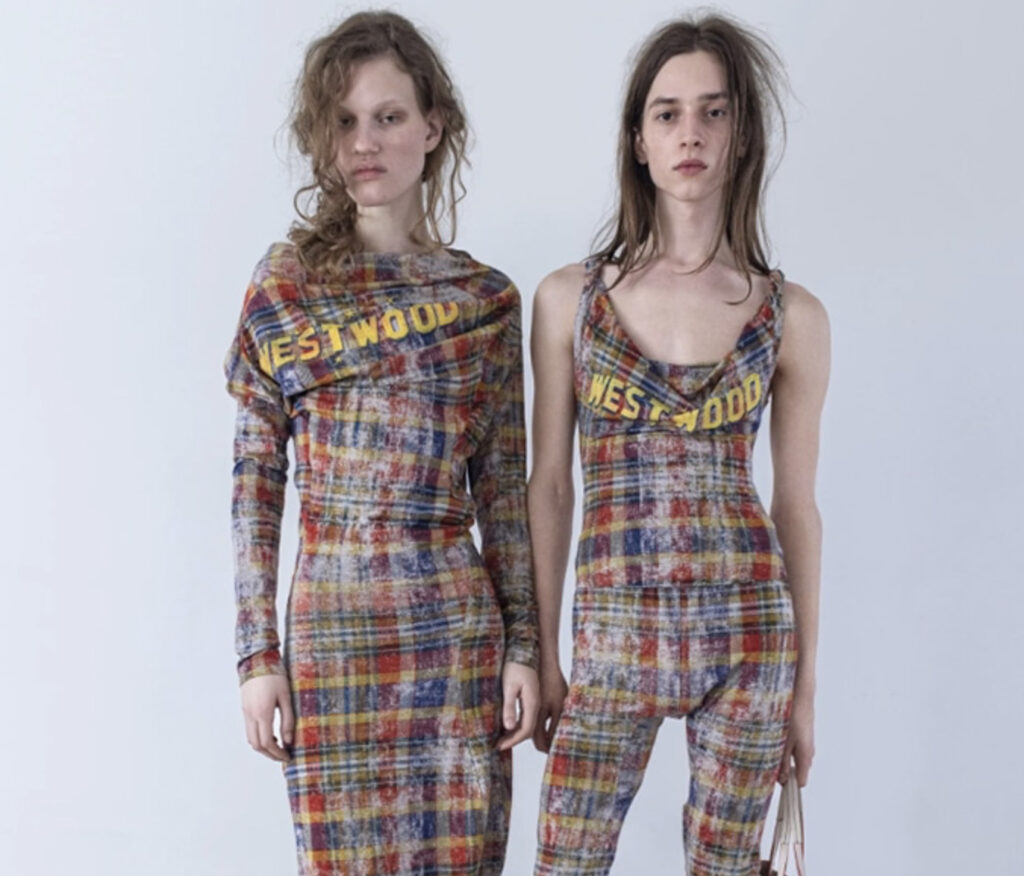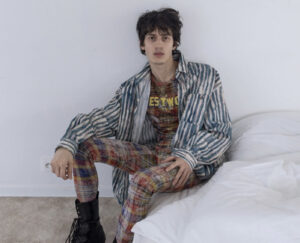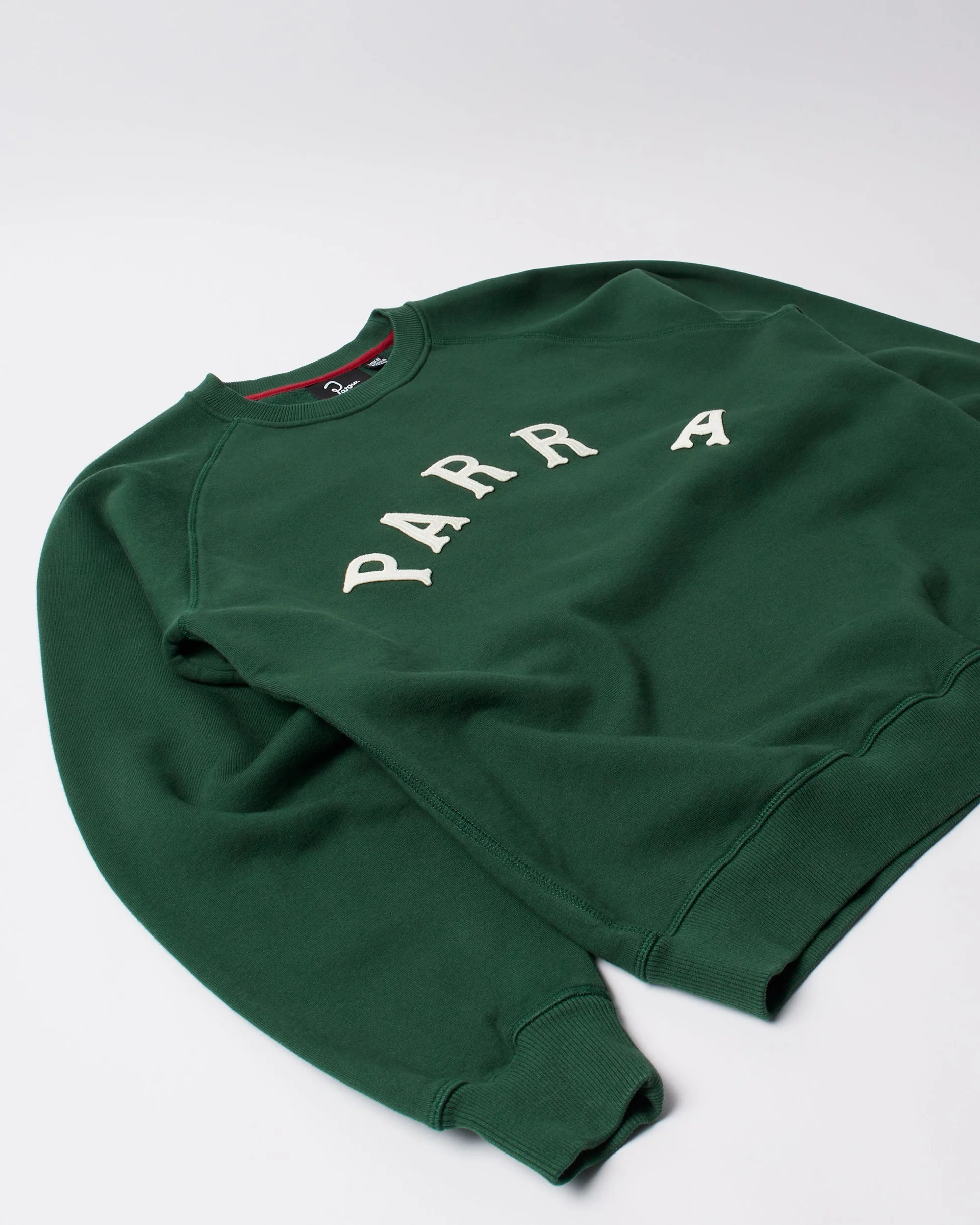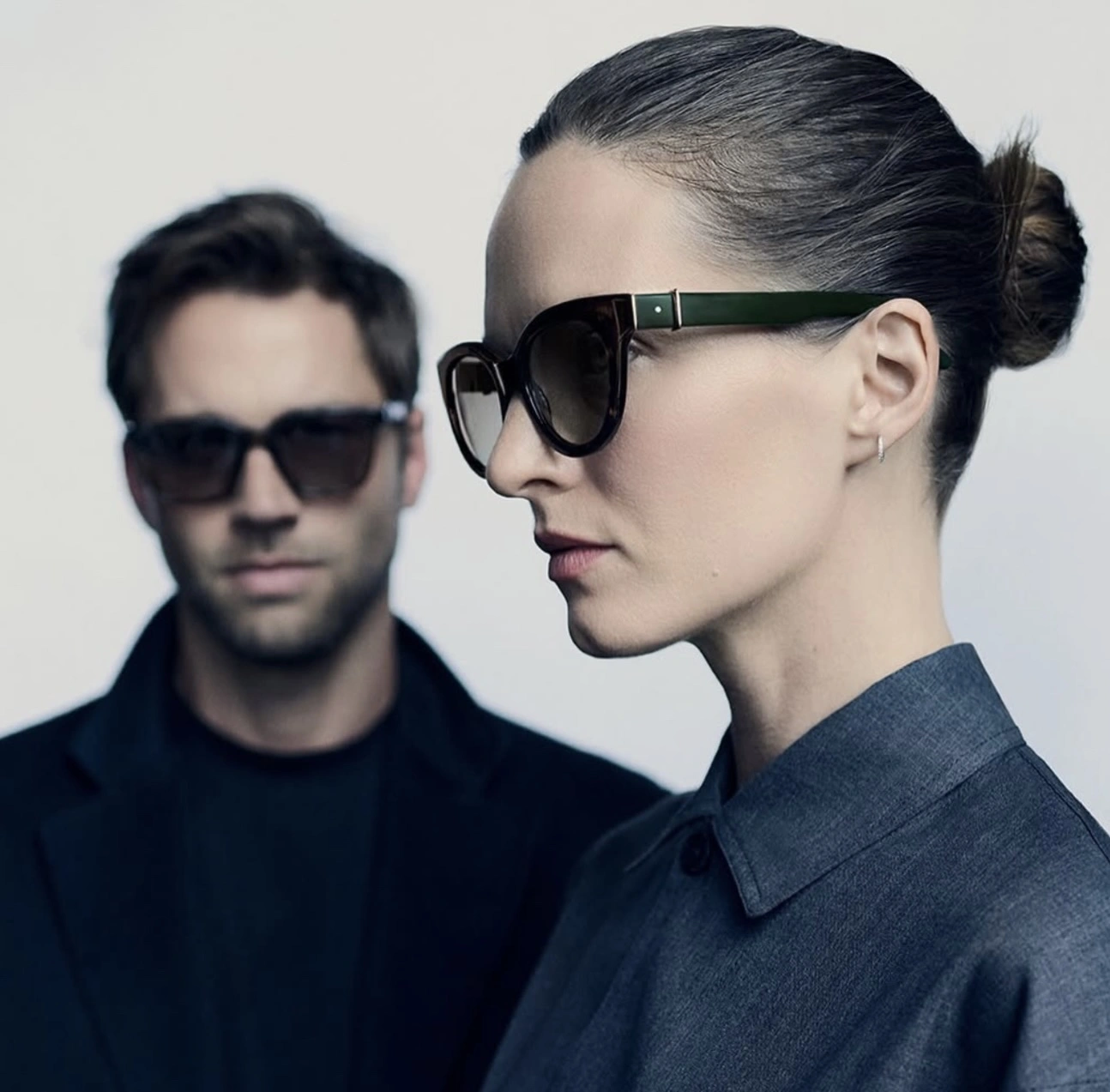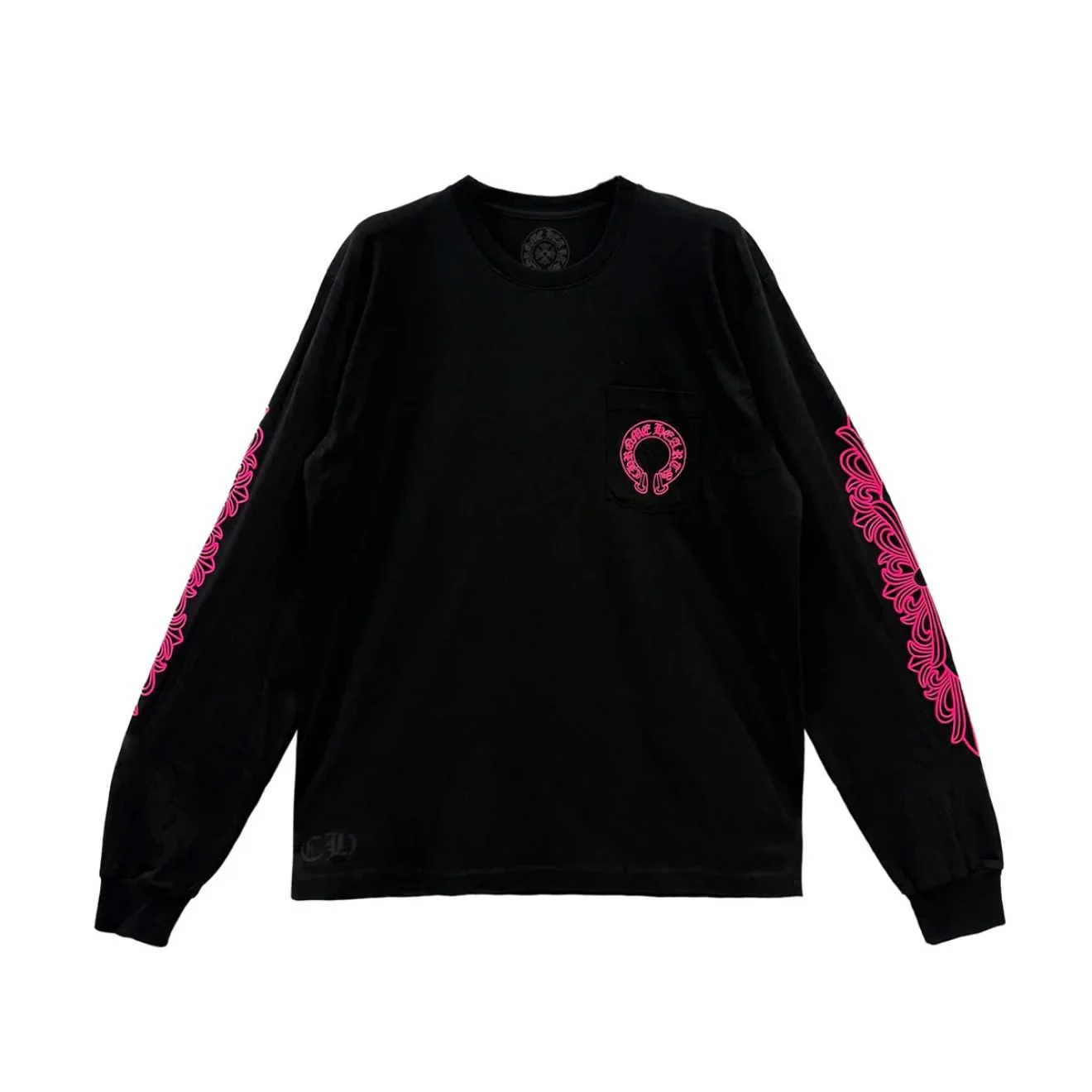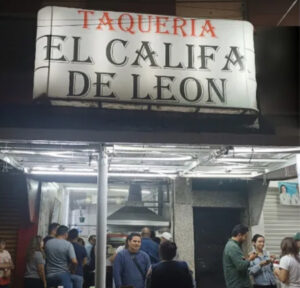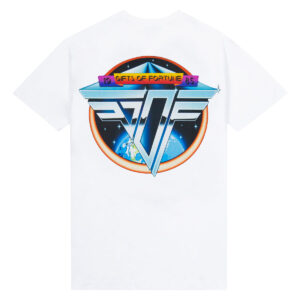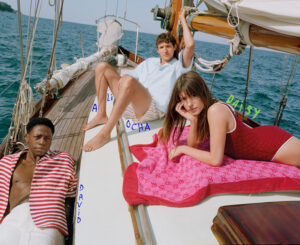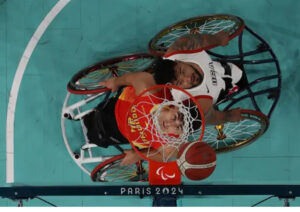
There’s a certain paradox to the Fall 2025 menswear collection from Vivienne Westwood. Under the enduring creative direction of Andreas Kronthaler — widower, muse, and longtime collaborator of the late Dame Vivienne — the brand has delivered what might be its most subdued, introspective vision yet. And yet, in that stillness, rebellion stirs. The lookbook, quietly released rather than theatrically staged, feels like an intentional departure: less manifesto, more meditation. It trades the fiery volatility of punk for the calm conviction of permanence. But don’t mistake its serenity for surrender — Westwood’s soul still pulses beneath every hemline.
This season is not a revolution in the traditional Westwood sense — no safety-pin dramatics, no corseted declarations of rage. Instead, Fall 2025 is a whispered proposition: What does rebellion look like when it grows older, smarter, and less performative? The answer seems to be this — a line of over twenty menswear ensembles that bring punk into conversation with tailoring, tartan, and a surprising ease.
A Dialectic of Discipline and Disorder
From the very first look, Kronthaler’s duality is on full display. Sharp tailoring appears side-by-side with disheveled layers — jacket and skirt pairings worn with cozy, oversized knits and shirts partially untucked. This season does not ask its wearer to choose between the public uniform and private self. It lets both coexist. In a look where a crisply cut blazer is paired with a Scottish kilt and long socks, there’s something liberating about the refusal to resolve the contradiction. The collection doesn’t scream; it murmurs with conviction.
This tension — between order and improvisation — is a Kronthaler signature, but it reaches a new refinement here. The silhouettes suggest structure, but their softness, especially in the trouser drapes and the slouch of sweaters, speaks of relaxation. Not the kind that collapses in exhaustion, but the kind that comes from knowing oneself.
The Persistence of Tartan and the Memory of Place
Tartan — perhaps the most enduring symbol in Westwood’s lexicon — returns yet again, not as kitsch or pastiche, but as memory. Woven through jackets, kilts, scarves, and trousers, the motif functions almost like a ghost of history — not haunting, but present. These checks are less about nationalism or nostalgia, and more about grounding. Kronthaler seems to reach for the United Kingdom’s rural edge — the bogs, the moors, the countryside walks where style was never divorced from weather or wear. In this landscape, tartan isn’t fashion; it’s fabric with a job to do.
But here, it performs double duty: it connects with heritage while subtly skewing it. Pairing the print with fine tailoring and unexpected layers — sheer shirts, almost feminine knits, long-toe shoes — removes it from tradition and repositions it in ambiguity. These garments refuse to offer answers, instead offering space for the wearer to choose what they mean.
The Skirt Reframed
The skirt — always a political object in menswear — appears throughout the Fall 2025 lookbook with a calm normalcy. Paired with suiting jackets and long socks, it evokes school uniforms and Scottish heritage but reframed through urban modernity. These skirts are not flamboyant declarations but quiet recalibrations. There’s power in how little they seem to demand attention — they simply exist. In a world still obsessed with gender performance, this choice feels almost more radical than a loud, drag-inspired silhouette. Westwood doesn’t shock here; it disarms.
New Texture, Same Temperament
If the house has long stood for a tactile kind of politics — leather, wool, safety pins, and pins and chains that can be felt as much as seen — then Fall 2025 complicates that. Denim enters the scene, but not in its usual utilitarian role. Instead, it’s softened, washed out, allowed to breathe. Neutral tones prevail: greys, creams, and stone blues. The effect is almost spa-like, a detox from the overstimulation of contemporary fashion.
There are hints of workwear, but smoothed over. Jackets with oversized buttons, utilitarian shapes, and matching sets suggest a nod to manual labor aesthetics, yet remain unburdened by any need to telegraph grit. They are worn, instead, as if the man wearing them knows what he’s capable of — he doesn’t need to prove it.
And still, details refuse to disappear. A sharp collar under a slouchy knit, a twist in the hem of a suit trouser, an extra-long shirt sleeve poking from beneath a coat — these moments of distortion remind us we’re still in the house of Westwood. Subversion, here, is refined to its most subtle form.
The Mood: Melancholy, Not Mourning
Perhaps what feels most haunting — and most significant — about Fall 2025 is its melancholy. Since Dame Vivienne Westwood’s death, the brand has faced the looming question of legacy: How to continue a fashion house built on confrontation and change, without its figurehead? Kronthaler, in his own way, seems to be answering not by mimicking her energy, but by distilling her values.
This is a collection about timelessness — not because it resists trend, but because it seeks what lies beyond trend. There is an emotional resonance to these garments that extends beyond runway theatrics. They feel worn already. They feel lived in. They feel like the clothes of someone who remembers what it meant to fight, and now chooses peace — not because they’ve surrendered, but because they’ve survived.
There are no logos, no bombastic slogans. Only cloth, cut with care, and held together by an ethos that refuses to die.
Androgyny Evolved
Westwood’s androgyny has always been more than aesthetic; it was political, sensual, unruly. In Fall 2025, that energy is filtered through gentler lenses. The menswear silhouettes are often feminine, but not feminized. They refuse the binary of masculine vs. feminine, and instead propose a third space: intimate, intentional, and grounded in material honesty.
The fluidity in these garments is not theoretical — it’s tactile. Flared sleeves, slouched shoulders, bias cuts. Even the most masculine suits are undercut with slippage — a silk shirt, a neck exposed, a cinched waist. The clothes suggest bodies that feel, not perform. Men who can be vulnerable without irony. Fashion that is less about costuming identity and more about encountering oneself.
Craft Over Commerce
In an industry driven by drops, hype, and data-driven design, Fall 2025 arrives almost defiantly analog. The lookbook itself — understated, almost archival in tone — feels like a relic of a pre-digital time when fashion was documented, not announced. There are no TikTok-ready stunts or celebrity endorsements pushing this season. It’s a conversation, not a broadcast.
The garments themselves echo this. Every piece looks designed for longevity, not clickbait. Seams are reinforced, wool is thick, buttons are oversized and purposeful. There’s a clear respect for craftsmanship, but without fetishizing it. Westwood has always understood that good design is not just about beauty or sustainability — it’s about resistance. Resistance to planned obsolescence. Resistance to uniformity. Resistance to forgetting the past.
The Future of Westwood?
If Fall 2025 feels like a turning point, it’s not because it declares a new era, but because it refuses to. There is no pivot. No rebrand. No desperate attempt to modernize. Kronthaler offers instead a deeper grounding. In material. In memory. In meaning. That may be the most radical gesture of all in a fashion landscape addicted to transformation for transformation’s sake.
By inviting the wearer to slow down, to dress with care, to wear memory alongside fabric, Kronthaler is doing more than designing clothes — he’s stewarding a cultural project. One that Westwood herself championed: the idea that fashion can be a vessel for ideas, not just trends.
Final Words
Vivienne Westwood Fall 2025 does not raise its voice. It does not need to. What it offers instead is a kind of fashion sobriety — garments stripped of gimmick, full of story. It reminds us that style doesn’t have to shout to make a mark. Sometimes, the most powerful legacy is one that moves quietly, through material, memory, and the human form.
No comments yet.

